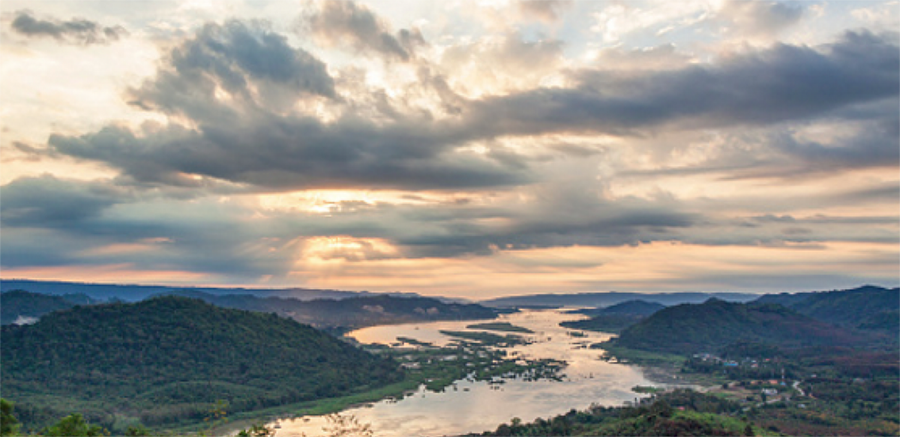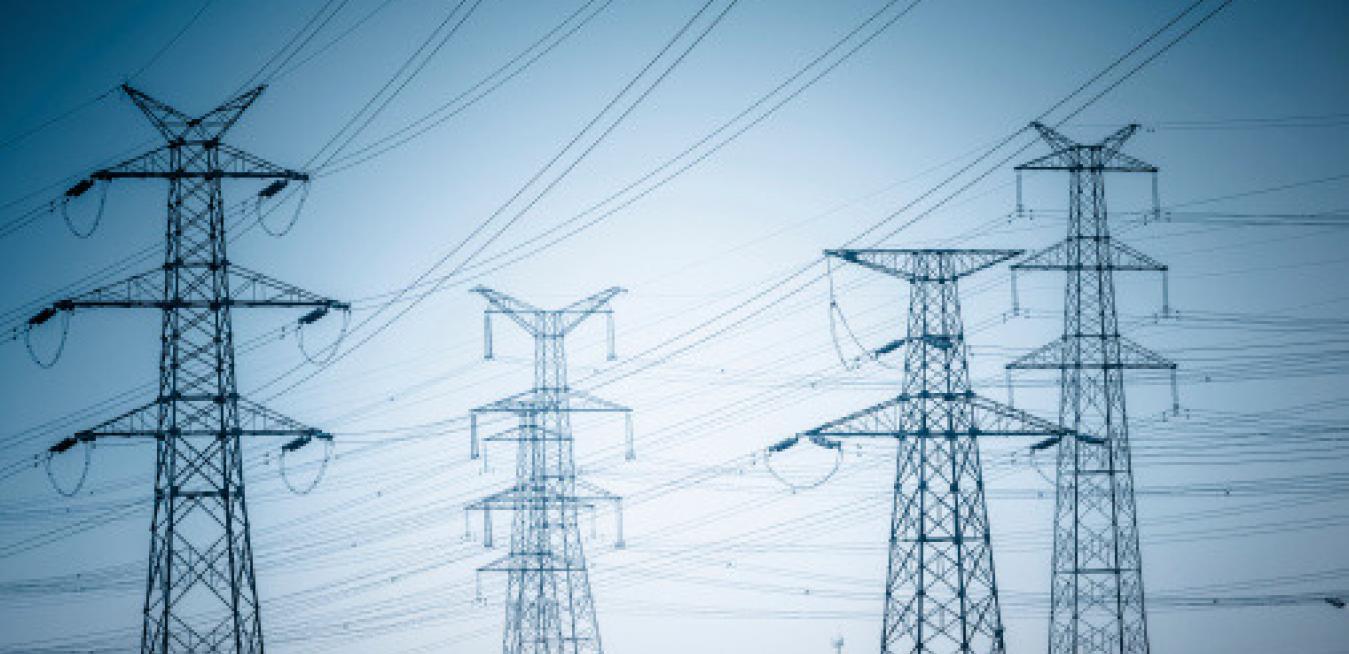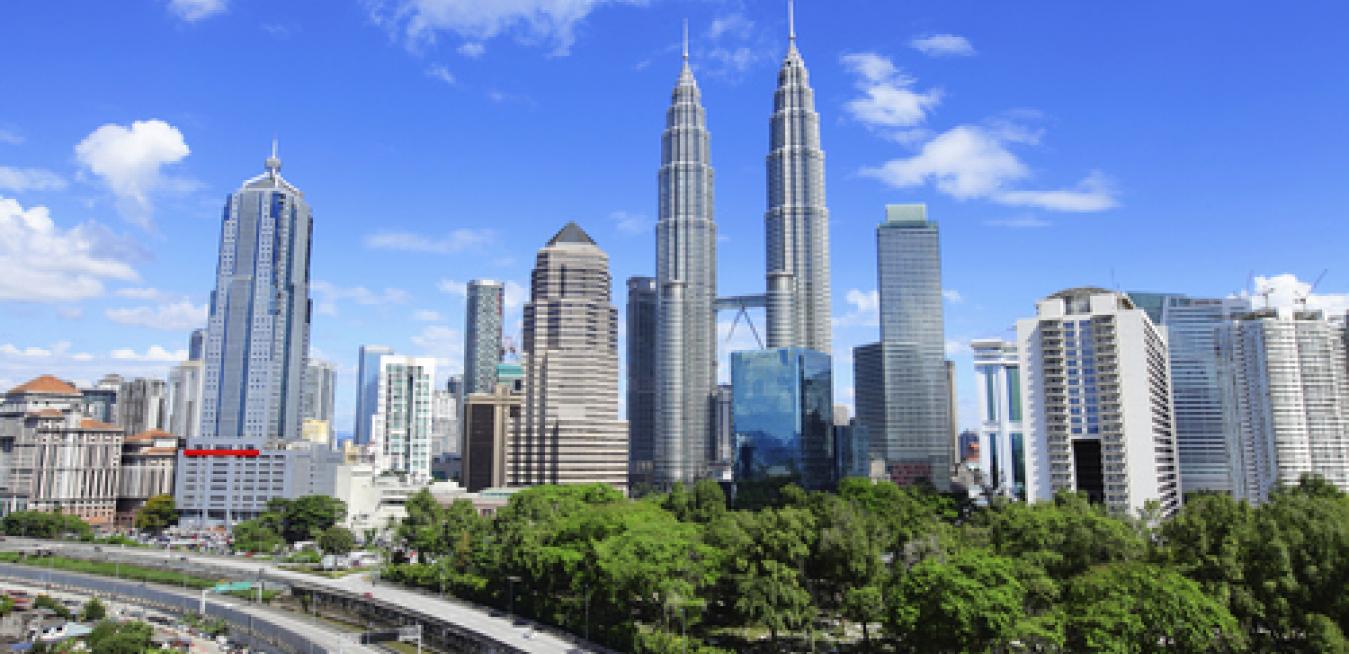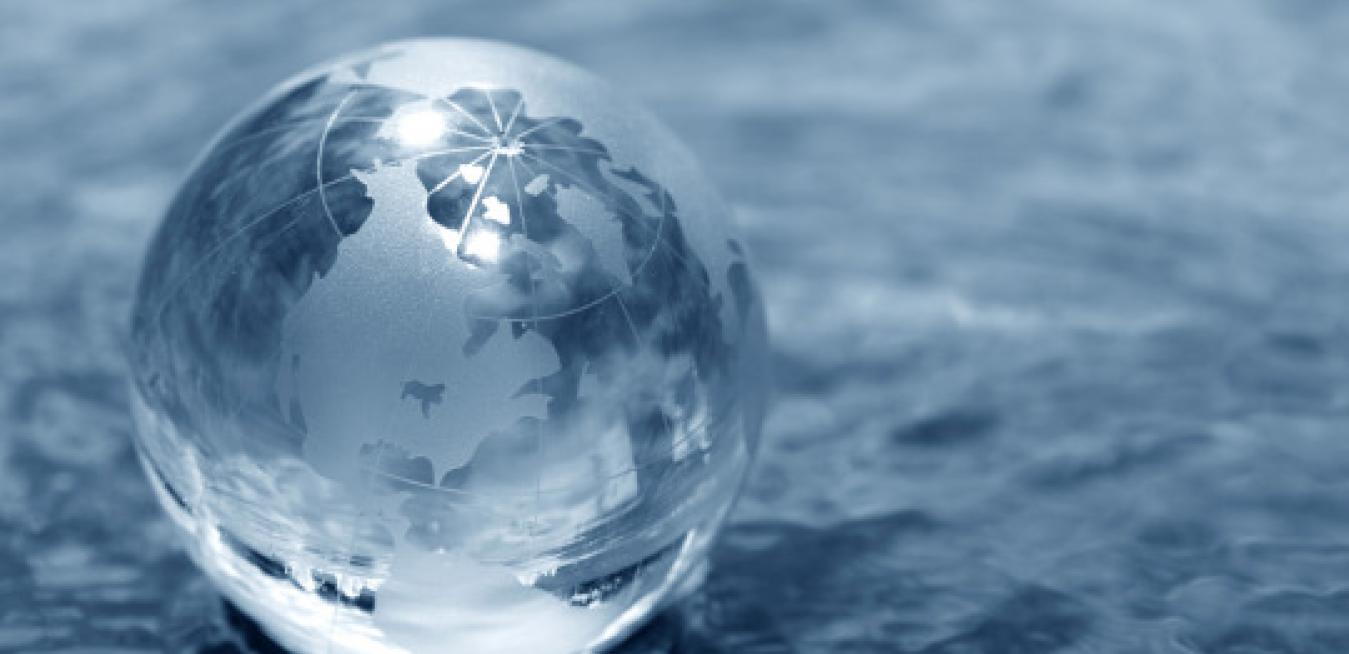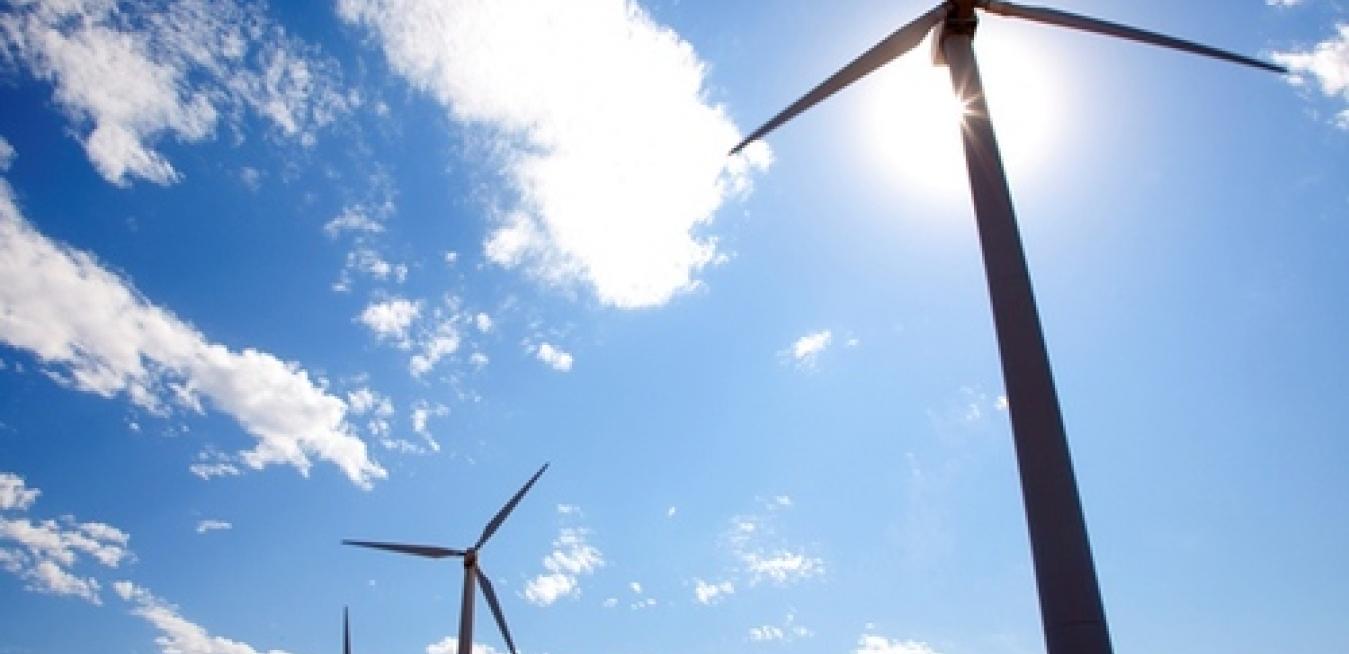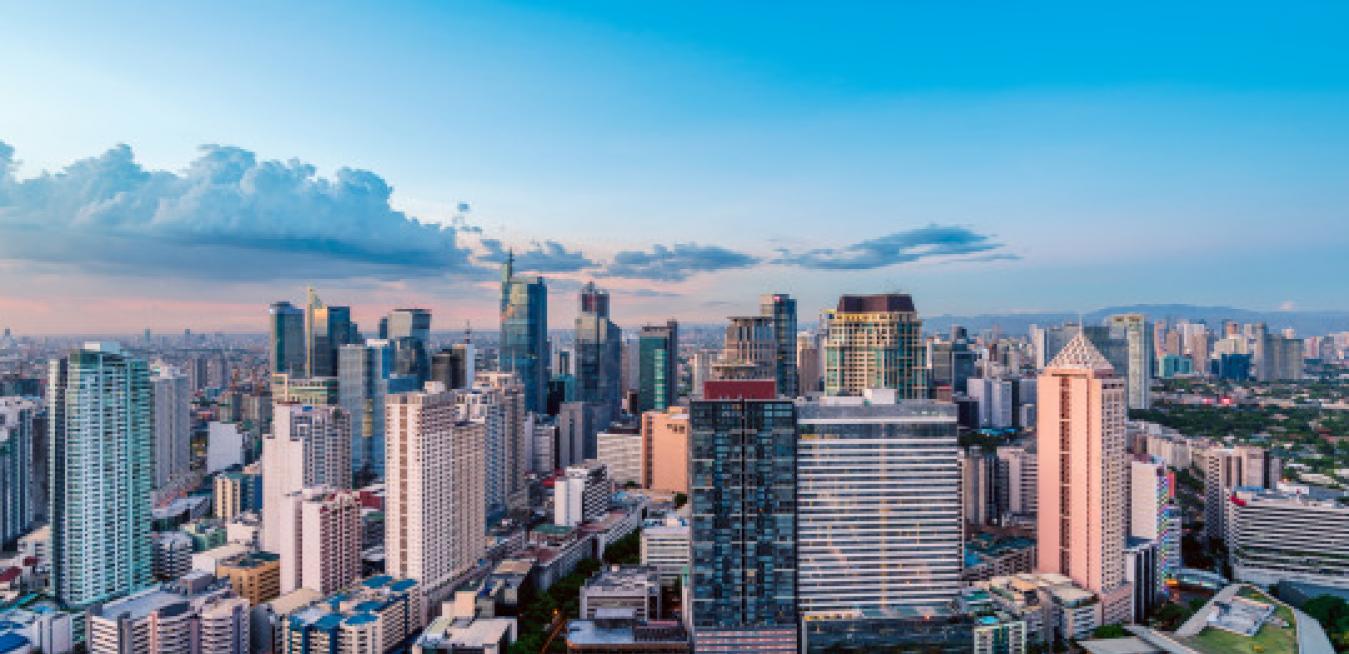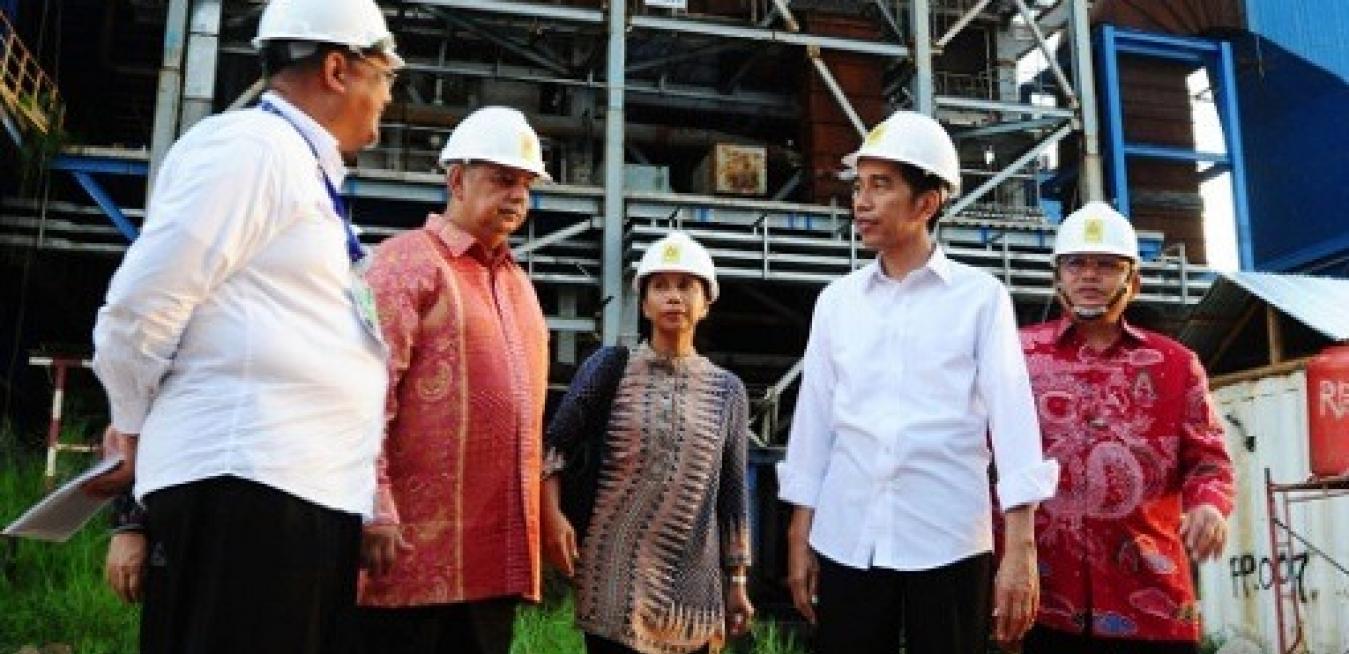The evolution of computing technology has long been predicated by ‘Moore’s Law’, a much-quoted observation made by Intel founder, Gordon Moore in 1965. He predicted that the number of transistors in a dense integrated circuit, would double every two years, to drive exponential growth.
ASEAN is home to over 600 million people and is one of the fastest growing economic regions in the world. With a projected growth of 4 to 6 per cent in the coming years, how can ASEAN grow without having the proper energy infrastructure?
However, the power industry faces a complex set of challenges – it needs to extend electricity access, provide sufficient power to support existing grid infrastructure, ensure environmental sustainability and improve efficiency across an increasingly multi-dimensional energy value chain.
Indonesia has a population of over 250 million people. Yet as recent as 2005, the nation’s energy demand was less than that of Norway, a country 50 times smaller. Since then, Indonesia has seen a huge economic growth in a decade. With that growth comes a staggering rise in the demand for electricity.
97% of water on Earth is saline water and only 3% can be counted as freshwater. We tend to take water for granted because for many of us access to water is a given. The reality however is that 748 million people worldwide lack access to an improved water supply.
Have you ever stopped to think about the amount of water that is needed to run the world? Did you know that :
- It takes over 1,056 gallons of water to make a single gallon of brewed coffee
Every single day the demand for water grows. It is the most vital of our resources, from our direct need to consume it to the vast quantities required by our agriculture and industry. Where our land was once irrigated by the stately flow of our rivers, now our thirst has driven us underground to the deep reserves below our feet. Yet many of those deep wells of water are being depleted faster than nature can refill them.
Distributed Power systems
Indonesia’s Lombok Island is renowned for its nutrient-rich seas. In addition to supporting a wide variety of marine life, the Lombok waters, and its sheltered bays, are ideal locations for pearl oyster farms.
To make use of the resources available, local farmer, Fauzi Se wanted to expand his business to include pearl farming and manufacturing jewelry. His expansion dream however, was cut down by energy limitations. Quite simply, the island did not generate enough energy to power his pearl farming equipment and machinery.






